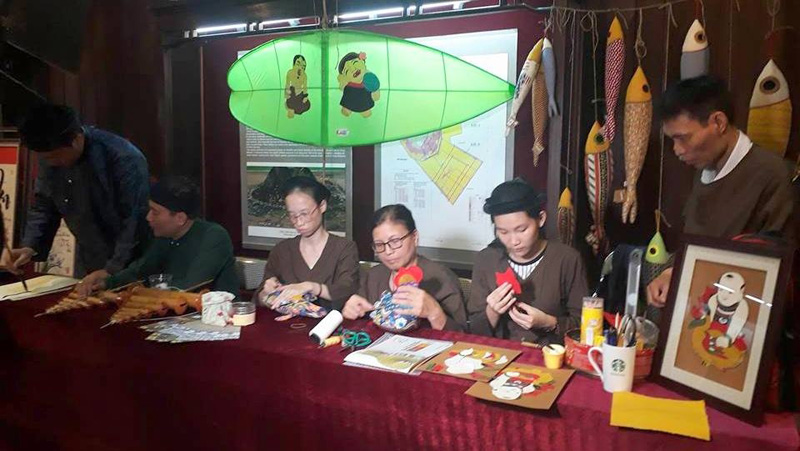


|
|
|
|
|
|
The programme will feature activities allowing children to
explore traditional crafts, including ‘do’ paper painting, kite making, and
pottery, as well as letting the kids try their hands at making complete
handicraft products.
Under the programme, painting classes will be held from 9 am to
11 am every Sunday morning, in which veteran painters will teach children
about watercolour paintings and instruct them on how to paint in watercolour.
The children’s artworks will then be auctioned to raise funds for poor
children across the country.
In addition, kids will have the chance to learn about the
studies and examinations of students in the past, and take part in a kite
making contest, with the winner being sent to compete at international
events.
Le Xuan Kieu, Director of the Temple of Literature’s Cultural
and Scientific Centre, said that the programme is expect to provide
Vietnamese children with a deeper understanding of their ancestor’s cultural
heritage through folk games and crafts.
It is also designed to make the Temple of Literature more
attractive to the city dwellers, and visitors from home and abroad, he added.
|
Source: NDO